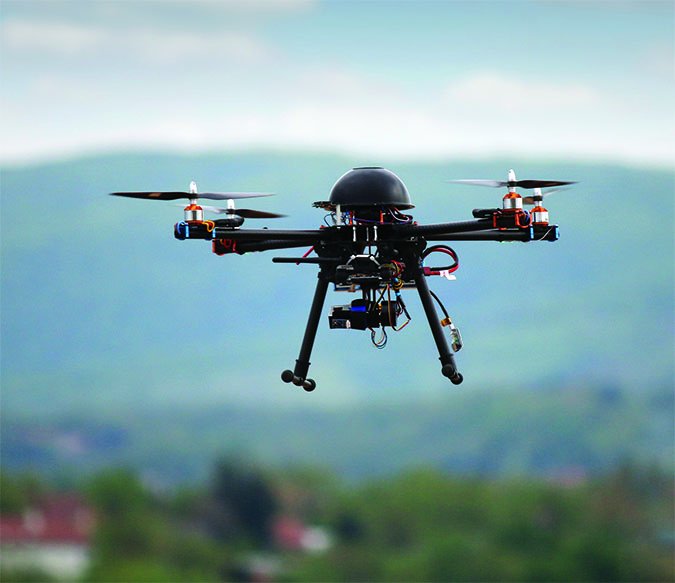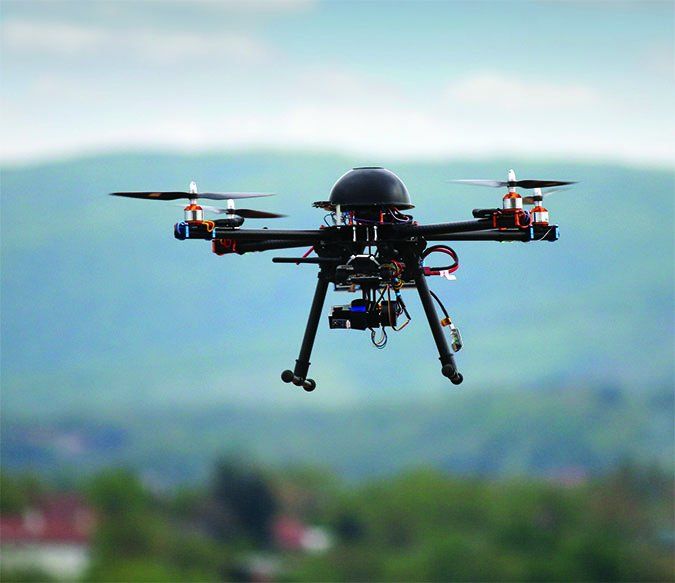After reading your “Laws Or Sausages” editorial (Editor’s Log, September 2015), I still have the same question about this legislation that I’ve had for a couple of years: Which organization(s) has a lobby superior to the AOPA/EAA and is preventing this bill from moving forward? Nowhere in the printed AOPA material that comes asking for money has it stated who the fight is actually with.
It is my opinion that Senators respond to lobbyists and as such the groups that oppose PBOR2 obviously have more influence with the Senators than AOPA/EAA lobbyists are having.
Insurance companies? AMA? Who is the real fight with, because I don’t believe it is the individual Senators’ concern for public safety.
Todd Wolfley
via email
Interesting question, and one with multiple answers. First of all, recognize that the Air Line Pilots Association (ALPA) on June 23, 2015, wrote U.S. Senators saying it is “fundamentally opposed to the dangerous policy shift proposed” by the Pilots Bill of Rights II (PBOR2). That letter was roundly condemned by other aviation-industry organizations and, while ALPA may not go public with such opposition again, it may still actively work against the bill. See also this month’s Editor’s Log, on the opposite page.
An apparent major source of opposition comes from Florida Sen. Bill Nelson, the senior Democrat on the Senate Committee on Commerce, Science and Transportation, which has jurisdiction over PBOR2. Another senator opposing PBOR2 is Sen. Richard Blumenthal (D-Conn.), also a member of the committee. Notably, Nelson prepared four amendments to dilute PBOR2 during recent committee action, though he only offered two of them. Both failed. Nelson has called PBOR2 a “very flawed piece of legislation” and also supports mandating a federal liability insurance requirement for aircraft owners. In our view, Sen. Nelson has never been friendly to general aviation.
Control Riding
Regarding the letter published in November’s Unicom, “Overcontrolling,” reader Martin Brookes writes that every instructor he has flown with “couldn’t resist adding their control input on landing” via subtle, unannounced control inputs to “help” the student. This is an unfortunately common practice, sometimes called “control riding.”
One of the hardest parts of flight instructing is learning when you need to intervene and when you don’t. A CFI who rides the controls as described by Brookes is exposing his/her own lack of proficiency and confidence, and is preventing their students from learning the most critical part of landings: how to rescue yourself from a bad one.
Everywhere in flying, recovering from mistakes is just as important as not making them in the first place. I’ve never made a perfect flight but I have managed to break the error chain early enough to stop the cascade to an accident. When a student gets screwed up, a calm voice issuing simple instructions is enough 90 percent of the time. Adding unsolicited, subtle control inputs is confusing the student and inhibits learning. Worse, if the students don’t notice it, they start to think they are better than they really are.
Some “senior” CFIs would say that younger CFIs are more prone to “control riding.” However, in decades and thousands of hours instructing, I’ve known young ones able to sit on their hands and old ones who couldn’t resist “helping.” It takes patience, skill, confidence and strong nerves to teach people to fly. I think any CFI who cannot learn each of those parts of the job ought to find another line of work.
W. T. McSwain
Williamsburg, Va.
Registering Drones?
In response to the Quick Turns item, “Registering Drones,” in December’s issue: While I agree there is a need to stop any dangerous flights by unmanned aircraft systems (UAS), I still don’t understand how the FAA thinks a radio-controlled aircraft should be regulated like it’s a full-sized one. I don’t understand how the FAA thinks it should control anything other than manned aircraft.

There have been many stories of pilots seeing “drones” while they are on final approach, something I find very hard to believe, since it is hard to see a quadcopter when it gets a good distance away from me, even when I know it is there, and is against the sky or clouds. I would like to see the pilots actually spot one against the terrain as they fly past at 120 knots while on final approach. It is hard to see a flock of birds until the last instance, and if it’s only one bird, it is even more difficult.
Endurance for many UASs is in the order of 5-10 minutes, but even the FAA’s own “B4UFLY” Web site asks for proposed flight time, the lower limit is 30 minutes—they must be thinking of another kind of “drone.” Most hobbyists are not willing to fly their craft in dangerous situations, which could mean losing $1000-$2000 worth of equipment. Instead, they want to use their quadcopters for fun and getting some spectacular photos and videos.
The FAA seems to be focusing on multirotor drones and not radio-controlled (RC) aircraft. In general, RC aircraft have amazing flight characteristics, and extremely long flight times. I have seen a video showing live video feed from an RC plane flying 15 miles out and back, using a preprogrammed route. I would call that dangerous, and in a different league than the simple quadcopter most people fly.
I think the FAA needs to get out of the business of passing laws against model airplanes and instead register all laser pointers. I am wondering if I will have to register my Frisbees, my kites or even my softball, which when properly propelled by a bat can move at high speeds, is out of sight at times and unmanned, a projectile that can damage property and in some cases cause bodily harm and even death.
The whole issue began when someone in the media used the word “drone.” Up until that day, no one looked at them as anything other than RC model airplanes, which have been around since the 1940s. There were already laws on the books concerning RC aircraft, but they have been discarded by an overreaching agency that needs to concern itself with aviation safety, not hobbyists.
Donald Jacobson
via email
No one has ever labeled us an apologist for the FAA. That said, and while it’s easy to bash the FAA efforts to regulate drones, it’s important to note Congress in 2012 told the agency to come up with a regulatory scheme allowing UAS operations in the national airspace. The agency’s recent efforts to require registering the devices is as much a response to highly publicized conflicts as it is to that Congressional mandate.
At the end of the day, the FAA’s greatest concerns seem to be focused on those UAS operators who use the devices for commercial purposes. That’s in keeping with many aspects of the FAA’s other regulatory schemes. So far, the real losers in all this have been RC aircraft modelers who, for the most part, have been engaging in their hobby without controversy for decades.




